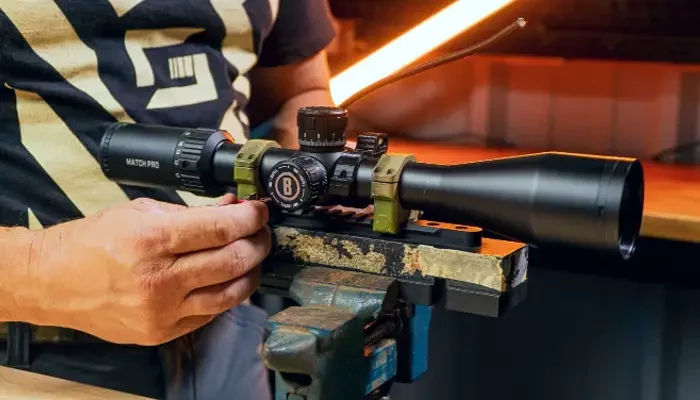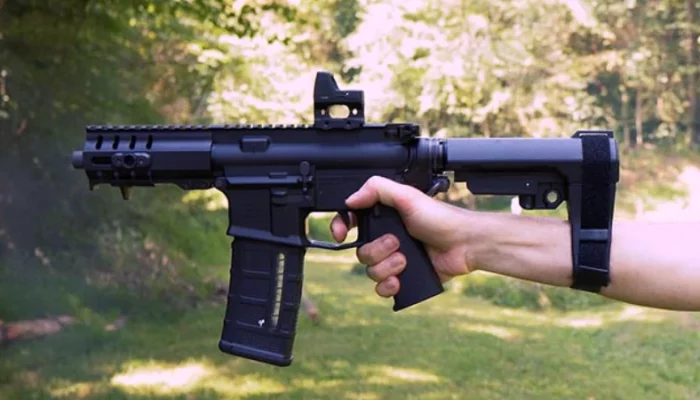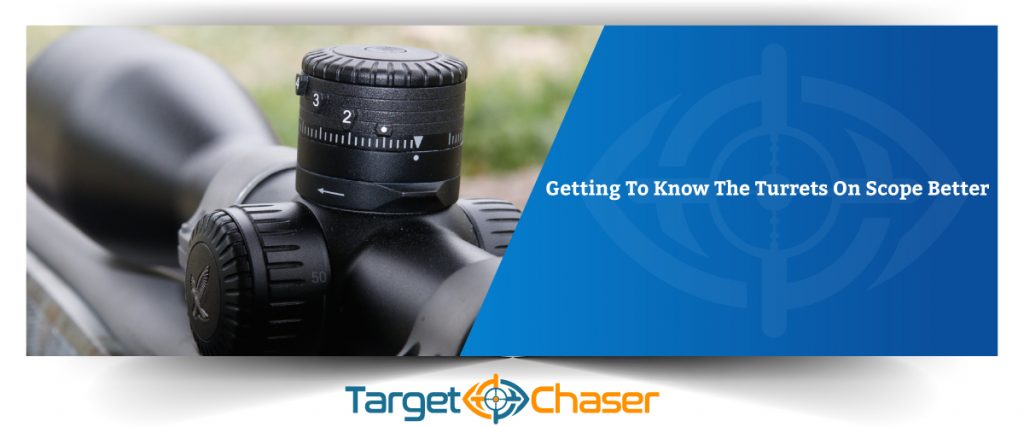Binoculars are an interesting little piece of tech. They look like a hybrid version of spotting scopes. Like two spotting scopes just glued together.
But the way binoculars work is an interesting process. A lot of physics is involved. Without getting too technical we will try our best to explain how binoculars work simply.
Lenses
Magnification Is A Main Thing!
Binoculars use lenses, lots of them too. The way that light bends from air to different types of material is an interesting subject. This behavior of light changing its direction or getting bent after hitting glass or water is called refraction.
Lenses work based on how refraction works. And lenses are key objects of binoculars, scopes, telescopes, etc.
A glass of water sitting on a table seems to have a straight edge. While in reality, it’s curved, this curved phase has a name for its meniscus.
Types Of Lenses
Lenses are curved pieces of glass. They are shaped like a lentil. If you were ever wondering where the name lens came from, the name came from the Latin word lentil.
When a light ray hits glass it doesn’t immediately penetrate the glass surface, it slows down and starts to bend. If a lens is shaped like a lentil (dome) then the outside is thinner than the middle part. It’s called a convex lens.
When the light enters a convex lens they start to bend towards the center, almost as if there is a vortex in the center that sucks in the light rays.
What it means is, a convex lens brings together the distance ray into a single focus point. They are also called a converging lens. Because it seems like the lens is converging the light together.
When you look through a convex lens it makes the thing bigger, what I am trying to say is the convex lens is a magnifying glass. They magnify the object and make it look bigger.
There is another type of lens that works differently. That lens is made thinner middle and thicker on the outside. So, essentially instead of gathering all the rays in the middle, it sends all the rays towards the outside.
Those are called concave lenses. You can remember this easily if you just imply that a concave lens caves in, in the middle. This type of lens spreads the light rays like fireworks.
That is why this type of lens is also known as the diverging lens. Imagine you shot a ray of light in the middle of this lens it will diverge (shoot out) the rays outwards. Thus the name diverging lens.
How Do Binoculars Work?
By reading the earlier part you can probably guess where we are heading. By attaching two convex lenses on one top of the other you can see objects from far away close.
The job of the first lens is to capture the rays of the distant object, focus that on to the center, and make a focused image behind the lens. This lens is called the objective lens.
Why is that?
Because it is the nearest lens to the object you are looking for. The job of the 2nd lens is to pick up that image and simply magnify it, just like a magnifying glass.
If you put 2+2 together you got your answer, what I am trying to say is if you put two lenses together inside a pipe you got a telescope.
Binoculars are simply 2 telescopes side by side. One for each eye. But it’s not that simple, there is a catch. When a light ray from a distance passes through a convex lens they seem to face a problem.
When they pass through the lens they crossover. That is why sometimes distant object looks upside down when you look through a magnifying glass.
The second lens doesn’t solve this problem. That’s where Prism comes in. Binoculars have a pair of prism. The job of the prisms is to rotate the image 180 degrees.
One prism rotates it to 90 degrees its side then the other one also rotates the image to 90 degrees. So, basically, both of the prism turns the picture upside down. They can be arranged as roof prisms or Porro prisms.
The prism inside the binocular explains their weight. Why do they tend to have a little too much weight compared to spotting scopes? Thanks for reading this guide we hope you understand how binoculars work now.
Hi, I’m Brent Hansford. A writer turned hunter & now sharing my love for the sport through writing. As I practically breathe weapons, I firmly believe I’m capable of providing you with new knowledge about firearms and hunting. My mission is to help more people get better at hunting & master the weapons. Let me help with unleashing the beast within you!



